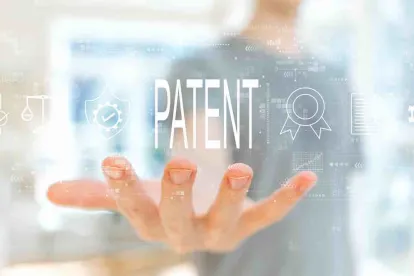Last week we looked at what circumstances favor amending claims in an IPR . We now turn our discussion to those circumstances when a patent owner should think twice about amending, including when significant past damages exist, the current claims possess strong infringement reads and claim scope, petitioners are highly-motivated to fight and patent owner is cost sensitive.
Significant past damages
In our last post, we recommended amending claims when no significant damages could be recovered. But what if significant past damages could be recovered? In this situation, it is likely better not to move to amend any claims because of the doctrine of intervening rights. Intervening rights give a potential infringer ways to safeguard itself from liability from new or amended claims. To protect its right to significant past damages, patent owners should stay with their original claims providing for those damages.
Strong infringement reads/claim scope
We also discussed in our last post that amending claims may make sense if infringement reads are not disrupted. Conversely, if the current claims provide strong infringement positions across multiple (or all) accused products or methods, patent owners should carefully balance this against the strength of their current validity positions and the chance of succeeding with a motion to amend. In this regard, patent owners should also be wary of the risk of creating harmful prosecution statements or claim constructions that could be used against patent owner in parallel or future district court proceedings. It thus indeed may be best to simply defend the claims one already has.
Facing-off with a motivated petitioner
IPR proceedings are by their very nature adversarial. With a motivated petitioner challenging patent validity, a motion to amend the claims gives that petitioner even more tools to attack any proposed amendments under any statutory grounds, including patentable subject matter, enablement, and written description. A better course of action may be to amend the claims in an ex parte manner through a pending continuation application, a reissue, or reexamination proceeding, where a patent owner will not be facing off against an adversary.
Time and expenses
Finally, the time and cost of amending claims in an IPR should be considered. Amending a claim in an IPR will involve additional briefing and expert testimony to support that briefing. This will add to the costs incurred by the patent owner. Amending a claim through a continuation or by other ex parte means may save a patent owner both time and money. For example, these other modes of amending claims do not require the additional briefing and testimony that an amendment in an IPR requires. Further, amending a claim through a continuation and utilizing the Patent Office’s Prioritized Patent Examination Program, such as Track One, a patent owner can get a final disposition within approximately twelve months.
In sum, it is often prudent not to amend claims during an IPR. Past damages, maintaining strong infringement reads, facing-off with a motivated petitioner, and the time and expenses that a patent owner will incur during the amendment process, are factors that can help determine if a patent owner should move to amend the claims during an IPR.





 />i
/>i

